Tourists prepare a tray of food during the journey to the Memorial Ceremony on the Islet, at Con Son, Can Tho City. Photo: KIEU MAI
Diverse travel experiences associated with cuisine
Visitors to Con Chim ( Tra Vinh ) are not only impressed by the landscape and people, but also remember the rustic, fresh, and delicious cuisine. The dishes here are prepared based on the available ingredients in home gardens and fish ponds. The highlight is the rustic meal with the typical products of Con Chim: steamed shrimp with coconut, goi ban salad, steamed snakehead fish with gourd... Behind each delicious dish on the dining table at Con Chim is a story with a clear origin of the ingredients, farming practices, and daily life of the people attached to this land.
In particular, shrimp and coconut are from Be Thao coconut garden - where there is a model of "shrimp hugging rice plants". Ms. Tran Nhu Hanh, owner of Be Thao garden, said: "I grow coconuts, grow rice and raise shrimp. When visitors come here, they will experience fishing for shrimp in the rice fields and enjoy coconuts. This field is also where I provide raw materials for members of the tourism cooperative group in Con Chim". Ms. Nguyen Bich Van, Head of the Con Chim Community Tourism Cooperative Group, said: "Each house has activities for visitors to experience, including delicious dishes to treat guests. My place will serve cool ginseng tea with various types of jams, at Ms. Ba Sua's house, there are rustic country leaf cakes". Ms. Tran Thi Kim Hang, a visitor from Ho Chi Minh City, said: "The impression I had when experiencing Con Chim was that the locals welcomed me very enthusiastically. Everywhere I went, there were delicious dishes to enjoy and especially I felt the generous and hard-working lifestyle of the locals through stories and dishes like that".
One of the most popular journeys to the West is following the forest workers "eating bees" in the U Minh Ha forest, Ca Mau. "Eating bees" is the way locals say it on the journey to collect honey in the forest, associated with the profession of keeping beehives. Collecting wild honey is an interesting experience for many tourists as they weave through many forests and ponds to find honey beehives to harvest. And a unique point of the journey is also the culinary experience from bees. Mr. Pham Duy Khanh at the Muoi Ngot community eco-tourism site (Ca Mau), a unit that often takes visitors to experience keeping beehives, said: "When collecting honey in the forest, you can also get young honeycombs. This is a very delicious and nutritious ingredient that can be used to make many dishes that only locals know." Young honeycomb is the newly formed cocoon of young bees, and is also the ingredient to make many delicious dishes: bee salad, bee porridge, young bee sauce, young bee pancakes, fried young bees... This is a special feature that only tourists who experience the "bee eating" journey can enjoy. In addition, in Ca Mau, there are many experiences related to the specialties of this land, such as crab fishing, catching mudskippers, hunting three-striped crabs... With each such journey, tourists can immerse themselves in the life of the indigenous people with unexpected discoveries about culture and customs.
Similarly, in Can Tho recently, there have been many culinary journeys attracting tourists to experience, such as the Death Anniversary tour on the islet (Con Son), baking and cooking workshops at tourist attractions in Phong Dien. For example, at the garden site of Ngan Long Home & Camp Con Son, tourists always have experiences with local cuisine, preparing ingredients, processing and enjoying them themselves. During that process, tourists also discover the cultural features, customs and practices in the daily life of the people of the South. Typically, with the "Death Anniversary on the islet" tour, tourists prepare a tray of food and are shared by local people with the customs commonly found in death anniversaries in the West.
Need brand positioning
Localities in the Mekong Delta have all proactively combined the exploitation of culinary values in tourism activities. However, the value of culinary culture has not been effectively exploited. In fact, surveys show that wherever there is a unique food service, that place creates a good impression on tourists, at the same time creating trust and helping them satisfy their need to explore culinary culture, prolong their stay, increase average spending and create revenue for the locality, promoting tourism development. It must be recognized that compared to the potential, in the provinces and cities of the Mekong Delta region, the current culinary tourism products only meet a part of the needs of tourists, are still small and lack systematic, and are not highly professional. In particular, the issue of promotion is still very limited, there is no strategy or program to promote local cuisine in a systematic way and truly create a brand. Many provinces and cities, although having attractive specialties, are not yet accessible to a large number of tourists, especially international tourists.
Ms. Nguyen Thi Hong Doan, head chef at Mekong Silt Ecologe (Can Tho), shared: “Local cuisine is one of the aspects that attracts international tourists. In the West, the way of preparing dishes is rustic because the ingredients are very fresh, mostly processed when harvested and caught. That is a strength but it can also easily lead people to misunderstand that the culinary culture here has no unique features or highlights. Therefore, we must know how to tell the story behind each dish and increase its value. At Mekong Silt Ecologe, we have cooking workshops to approach international tourists and share with them about local culture and customs”. In fact, these are activities that destinations with a large number of international visitors such as Victoria Can Tho, Vam Xang Rustic, Mekong Silt Ecologe... focus on building so that international tourists can experience local cuisine. Almost all branded hotels and destinations in the Mekong Delta provinces and cities will proactively create engaging culinary experiences.
In the Vietnam Tourism Development Strategy to 2030, culinary tourism is identified as an important product line, contributing to enhancing the competitive advantage and brand of Vietnam tourism. Each locality has its strengths in exploiting typical culinary values, but this requires a clear strategy and development program, especially promotion and connection activities. Thereby, localities proactively build culinary brands, gradually promoting the value of culinary culture in tourism.
AI LAM
Source: https://baocantho.com.vn/phat-trien-du-lich-am-thuc-bscl-a187445.html


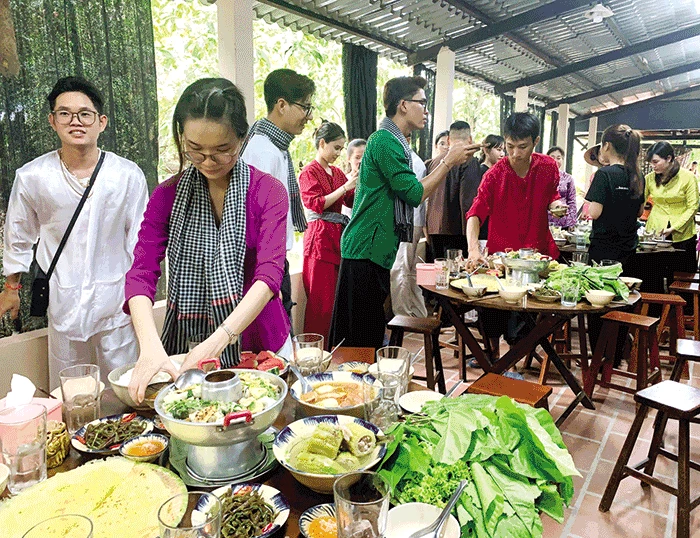















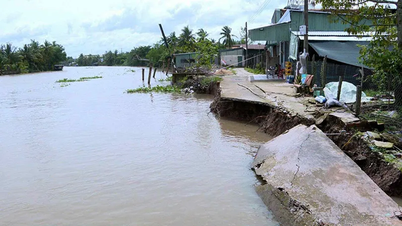



























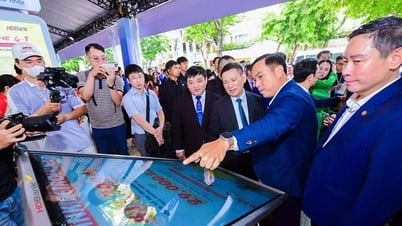

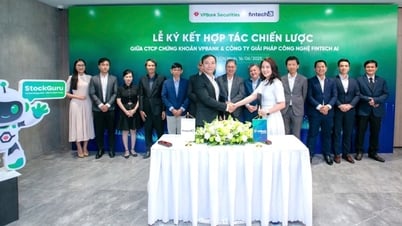












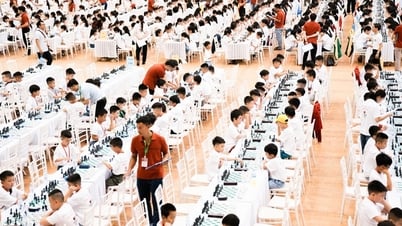


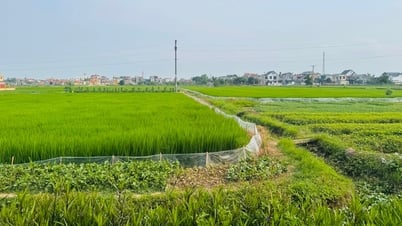

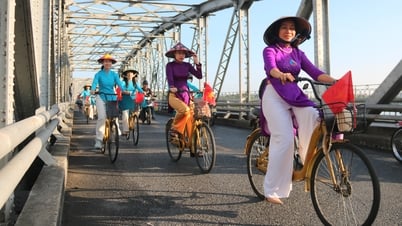





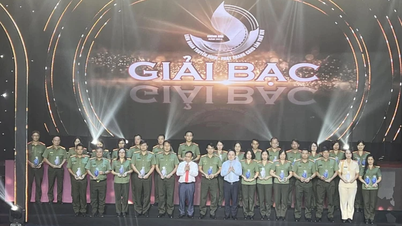

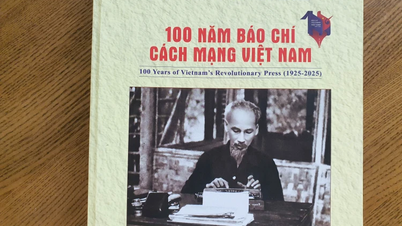











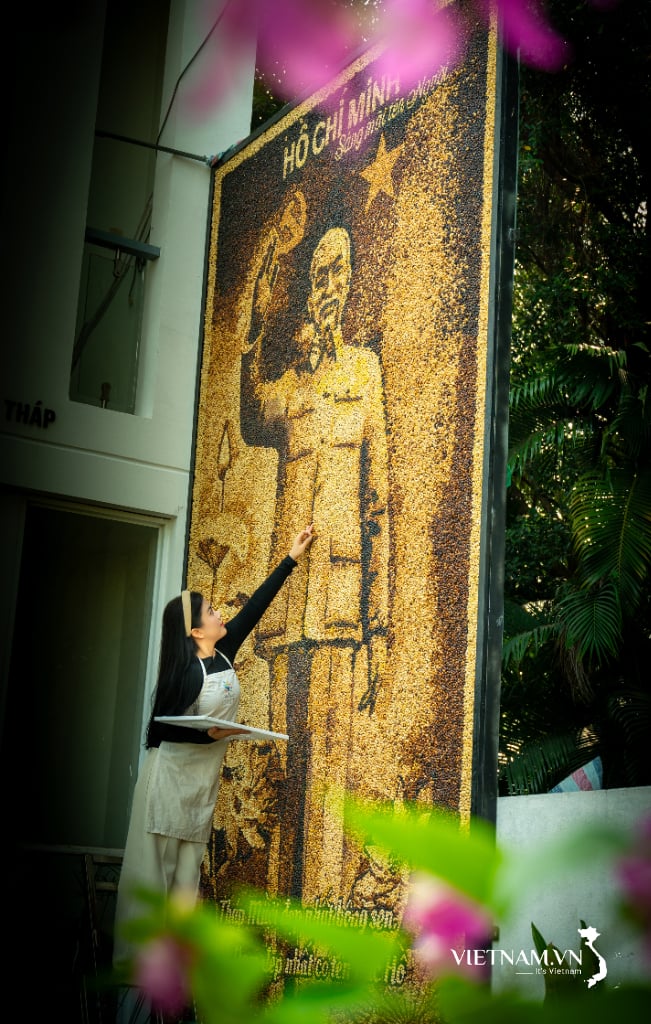
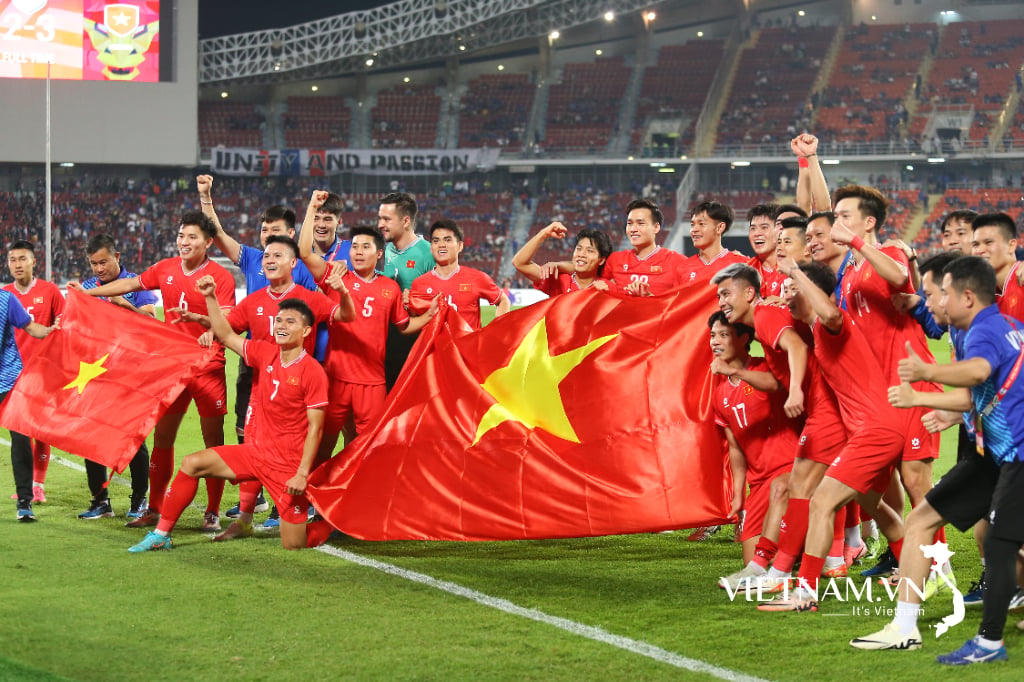
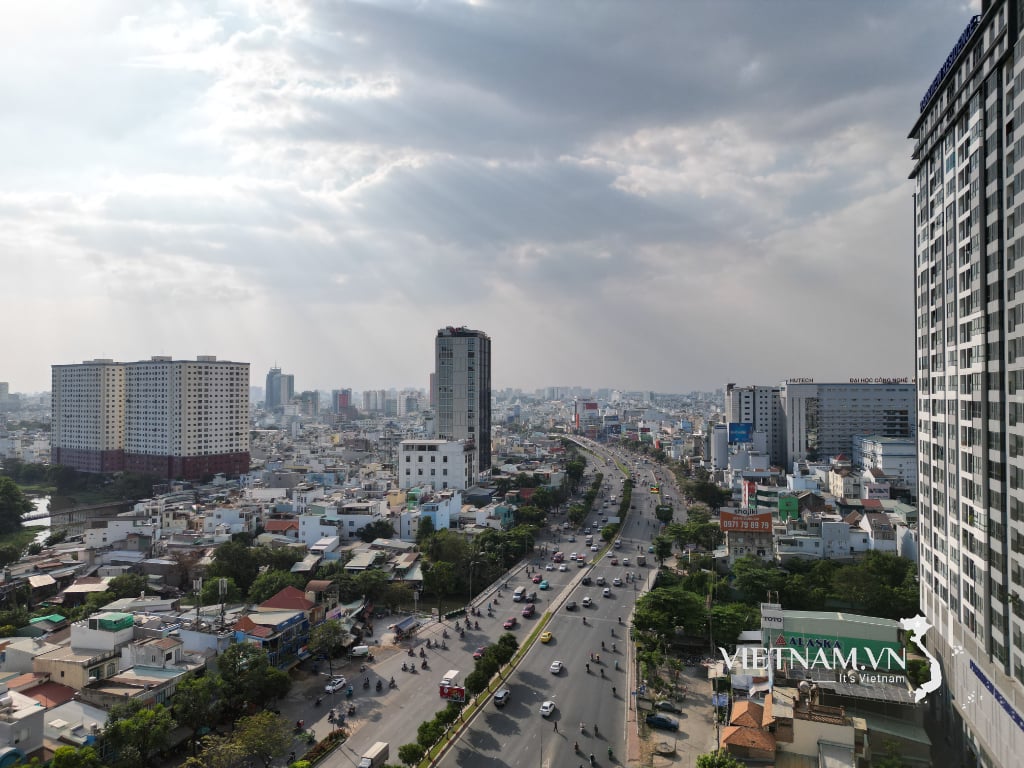

Comment (0)